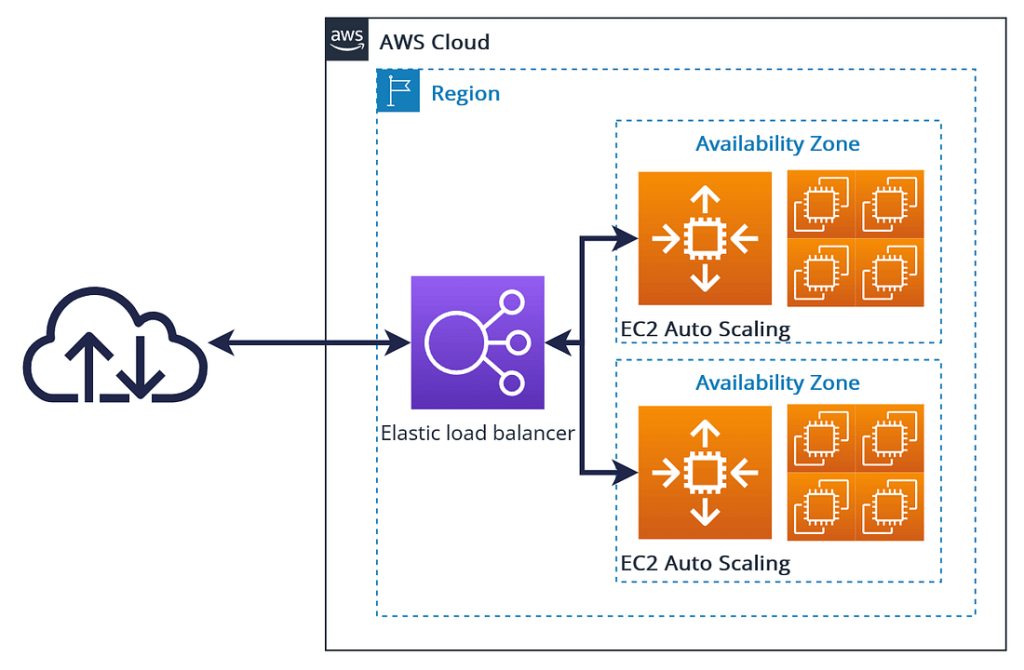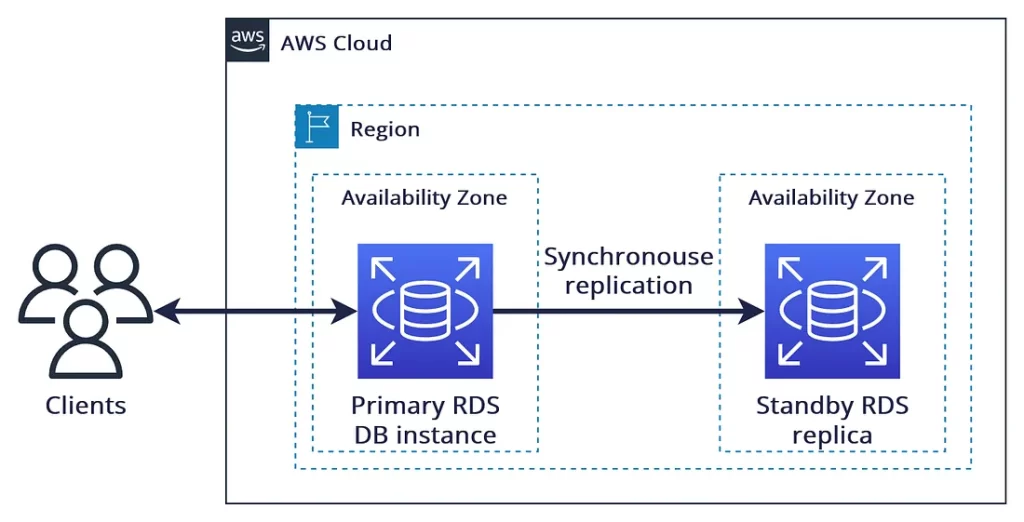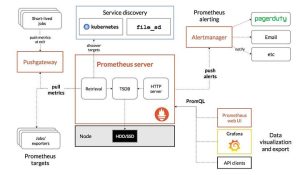What is it:
High availability on cloud infrastructure refers to the ability of a cloud-based system to operate continuously and reliably, with minimal downtime and interruptions. This means that even if one component of the system fails, the system as a whole will remain operational and accessible to users.

The concept of high availability is becoming increasingly important as businesses rely more on cloud-based systems for their critical operations and data. With high availability, businesses can ensure that their applications and services will continue to function even in the event of hardware failures, network outages, or other disruptions.
Why High Availability:
In today’s fast-paced digital environment, downtime can have a significant impact on a business’s bottom line. For example, an e-commerce website that is unavailable during peak shopping hours may lose a significant amount of revenue, while a healthcare organization may be unable to provide critical patient care if its systems are down.
Additionally, businesses need to meet the growing expectations of their customers and clients for 24/7 accessibility and reliability. In many industries, customers expect immediate and uninterrupted access to the services and products they need, and a service disruption can result in lost trust and business.
By leveraging the resources of a cloud-based infrastructure, businesses can gain the benefits of high availability without having to invest in expensive hardware and infrastructure. This allows them to focus on delivering their core services and products to customers, confident that their systems will continue to operate effectively and efficiently.
How to accomplish High Availability on AWS Cloud:
To achieve high availability, cloud infrastructure is designed with redundancy and resilience in mind. This may involve the use of multiple data centers in different geographic locations, load balancing between servers, automatic failover mechanisms, and real-time data replication. Additionally, highly available cloud systems are regularly tested and monitored to ensure they are operating optimally and to quickly detect and resolve any issues.

High Availability on AWS Cloud:
The following are some of the features of AWS Cloud that can be leveraged to achieve High Availability in your Infrastructure.
- Use multiple Availability Zones (AZs): AWS provides multiple AZs in each region, allowing you to spread your resources across multiple physical locations. This helps to protect against outages that may affect a single location.
- Implement Load Balancing: By using Elastic Load Balancer, you can distribute incoming traffic evenly across multiple instances, helping to ensure that your application remains available even if one instance fails.
- Use Auto Scaling: With Auto Scaling, you can automatically add or remove instances based on demand, ensuring that your application remains available even during periods of high traffic.
- Enable Multi-AZ Deployments: Multi-AZ deployments allow you to run your database instances in multiple AZs, providing automatic failover in the event of a failure in one AZ.
- Use Amazon S3 and Amazon Glacier: For data storage, use Amazon S3 and Amazon Glacier to ensure that your data is stored in multiple locations and can be quickly restored in the event of an outage.
High Availability focused on Amazon RDS:
It is especially an absolute necessity to ensure High Availability in the case of databases. At the core of a business’s operations lies the databases. It is imperative that we ensure there is a highly available setup so that the essential data and services are accessible and operational, even in the rare scenario of an entire Availability Zone having downtime due to a power outage or even natural disasters at the site of the Availability Zone.
To achieve high availability on Amazon Relational Database Service (RDS), there are several key strategies that you can implement:

- Multi-AZ Deployments: By using Multi-AZ deployments, you can run your database instances in multiple Availability Zones (AZs), providing automatic failover in the event of an outage or hardware failure in one AZ.
- Read Replicas: Read replicas allow you to scale out read-intensive workloads by creating a read-only copy of your database that can be used to offload read traffic from your primary database. This helps to ensure that your database remains available even during periods of high traffic.
- Automatic Failover: With automatic failover, RDS automatically switches to a secondary database in the event of a failure, ensuring that your database remains available even in the event of an outage or hardware failure.
- Database Snapshots: By regularly creating snapshots of your database, you can ensure that you have a recent backup that can be quickly restored in the event of an outage or failure.
- Monitoring and Alerting: Regular monitoring and alerting can help you to detect and resolve issues before they become critical, helping to ensure that your database remains available and accessible to your users.
In conclusion, high availability on the AWS cloud is essential for businesses that want to remain competitive, meet the expectations of their customers, and protect their operations and data in the event of disruptions. By implementing high-availability best practices, businesses can ensure that their systems remain available, accessible, and reliable, even in the most challenging circumstances.


